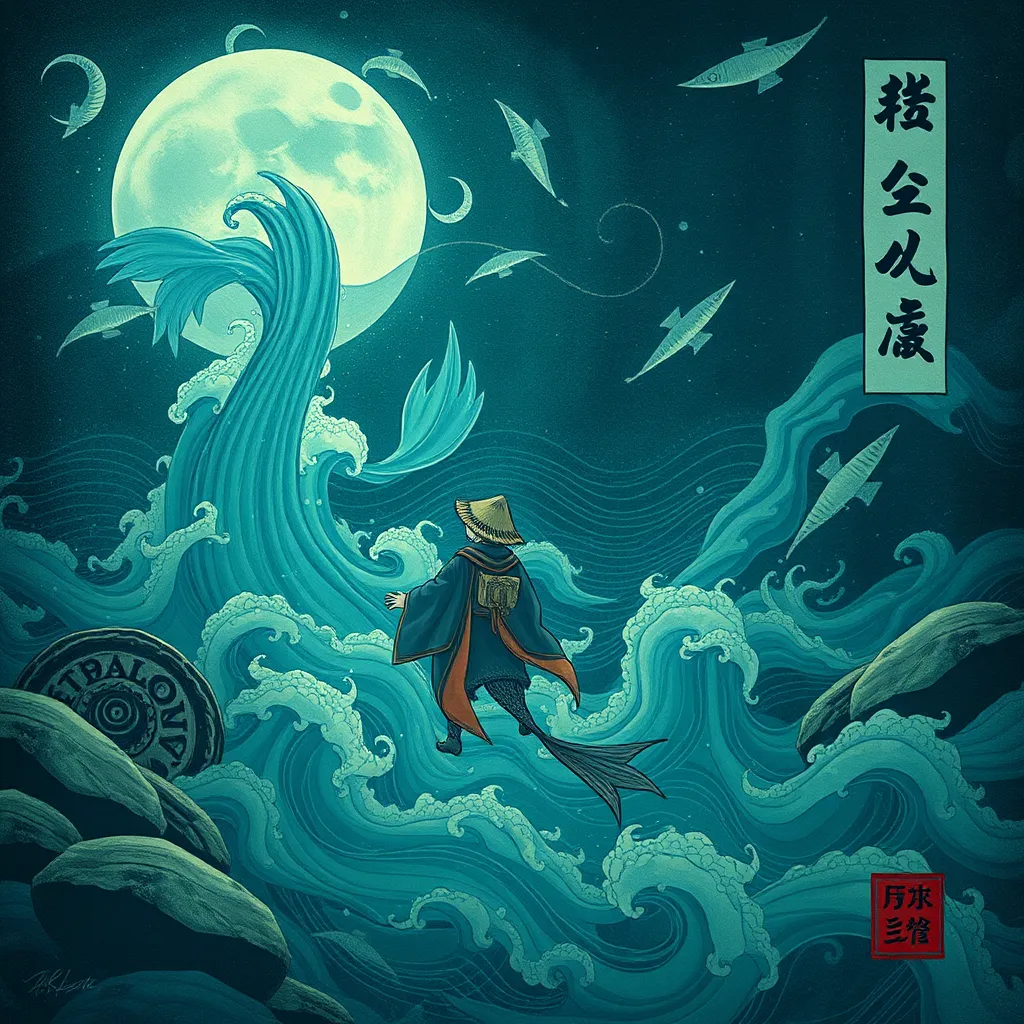The Sphinx and the Art of Storytelling: Its Role in Shaping Narratives
I. Introduction
The Sphinx, an iconic creature with a lion’s body and a human head, has long been a cultural symbol that transcends time and geography. It serves as a reminder of the mysteries of existence and the pursuit of knowledge. Throughout history, storytelling has played a vital role in human culture, serving as a means of sharing experiences, morals, and wisdom. The Sphinx, with its enigmatic presence, serves as a powerful metaphor in storytelling, influencing narrative structures and themes across diverse cultures.
II. The Historical Significance of the Sphinx
The Great Sphinx of Giza, one of the most recognized monuments of ancient Egypt, has a rich history that dates back to around 2500 BC. Its construction is attributed to the Pharaoh Khafre, and it represents a culmination of artistic and architectural achievement in the ancient world.
- Origins: The Sphinx was carved from limestone and stands 73 meters long, with a height of 20 meters. It is believed to have been built to guard the Giza plateau and the pyramids.
- Mythology: In ancient Egyptian mythology, the Sphinx was associated with protection and wisdom, playing a crucial role in the journey to the afterlife.
- Symbolism: The Sphinx embodies the duality of knowledge and mystery, often representing the enigma of existence itself.
III. The Sphinx as a Storytelling Archetype
The Sphinx has appeared in numerous literary and folkloric traditions, often serving as a catalyst for deeper narratives.
- Literature and Folklore: From ancient Greek tales to modern literature, the Sphinx is a recurring figure that challenges protagonists to confront their fears and doubts.
- The Riddle: The most famous aspect of the Sphinx is its riddle posed to travelers. This riddle serves a narrative function, testing the wisdom and intelligence of characters.
- Challenges and Trials: The Sphinx acts as a gatekeeper, representing the trials one must face to achieve enlightenment and growth.
IV. Themes of Knowledge and Mystery in Stories
The Sphinx’s association with wisdom and mystery enriches narratives, inviting audiences to engage with deeper themes.
- Wisdom: The Sphinx symbolizes the quest for knowledge, encouraging characters and audiences alike to seek understanding.
- Mystery: The allure of the unknown captivates audiences, making stories more engaging and thought-provoking.
Examples of stories inspired by the Sphinx include:
- The tale of Oedipus, where the protagonist must solve the Sphinx’s riddle to save the city of Thebes.
- Modern adaptations in films and novels that incorporate Sphinx-like characters, challenging protagonists to confront their destinies.
V. The Sphinx’s Influence on Modern Storytelling
In contemporary literature and film, the Sphinx continues to inspire creators, leading to innovative storytelling techniques.
- Adaptations: The Sphinx has been reimagined in various forms, from monstrous figures in fantasy novels to wise mentors in young adult fiction.
- Character Development: Sphinx-like characters often serve to advance plot development, posing moral dilemmas that challenge protagonists’ beliefs.
The impact of the Sphinx on storytelling techniques is evident in how narratives unfold, with layers of meaning and complexity that invite audience engagement.
VI. Cross-Cultural Perspectives on the Sphinx and Storytelling
The Sphinx is not an isolated figure but has counterparts in many cultures, each embodying universal themes.
- Similar Figures: In Greek mythology, the Sphinx poses riddles to Oedipus, paralleling its role in Egyptian lore.
- Universal Themes: Across cultures, narratives featuring Sphinx-like figures explore challenges and the pursuit of enlightenment.
This shared archetype illustrates how the Sphinx embodies collective human experiences, resonating with audiences around the world.
VII. The Role of the Audience in Interpreting the Sphinx’s Narrative
Audience engagement is crucial in storytelling, especially when it comes to the Sphinx’s narrative role.
- Engagement: The Sphinx invites audiences to ponder its riddles and the challenges presented, fostering active participation in the narrative.
- Interpretation: Different audiences may draw varied meanings from the Sphinx’s challenges, leading to rich discussions and interpretations of the story.
- Impact on Narrative: Audience perceptions can influence how stories unfold and are understood, adding depth to the narrative experience.
VIII. Conclusion
The Sphinx has played a significant role in shaping narratives throughout history, serving as a powerful symbol of knowledge, mystery, and challenge. Its enduring legacy in storytelling traditions highlights the importance of engaging with complex themes that resonate with the human experience. In a world where stories continue to be a primary means of understanding ourselves and each other, the Sphinx reminds us of the value of wisdom and the allure of the unknown.




